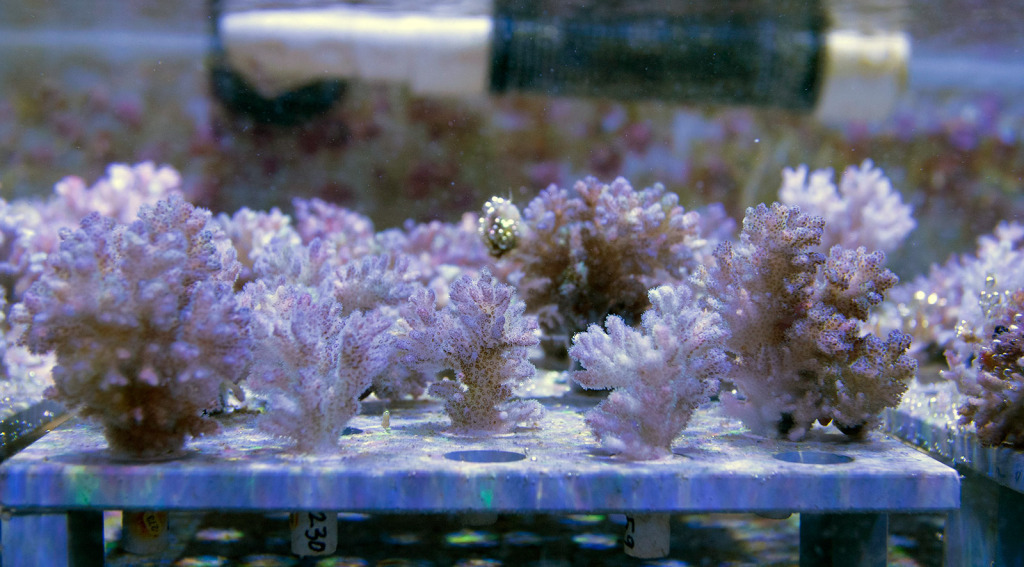Corals meet genetic engineering


Coral reefs are important for many different reasons. For example, they protect coastlines from the effects of wave action and tropical storms; provide habitats for at least 1 in 4 marine organisms; are the source of nitrogen and other essential nutrients for marine food chains and assist in carbon and nitrogen fixing.
They can be found around the world, even in some places that people wouldn’t expect like off the coast of Norway and deep underwater in the Mediterranean sea and within the Amazon river.
Even if they’ve survived tens of thousands of years of natural change, they’ve been severely affected by human activities. According to WWF, about one-quarter of coral reefs worldwide are already considered damaged beyond repair and another two-thirds are in serious threat.
Without urgent action to address climate, change, pollution, overfishing, careless tourism, sedimentation and other threats these organisms could disappear.
In an effort to tackle this situation The Economist’s fourth World Ocean Summit was held in Bali, Indonesia on February 22-24th 2017. The summit aims to bring to a critical eye the issue of how to finance a sustainable ocean economy.
As part of the summit they released The Ocean series, which examines the cutting edge science and radical thinking at work in tackling the crisis facing the world’s seas. For example, ‘Saving corals from the effects of climate change,’ shows how genetic engineering can help in saving these environments.
It shows how scientists in Hawaii are accelerating coral reefs’ evolution to save them from climate change. Normally they can adapt to warmer waters, but it takes hundreds of years, explains the video. So scientists are speeding up the process by finding reefs that have best coped with warmer conditions and then expose them to even warmer water, forcing the coral to adapt.
Eventually, they replant the resilient corals, hoping they can survive the shocks of climate change.
Also, they are freezing coral’s eggs and sperm to create the largest repository of corals in the world. Although this might sound easy, it took them seven years to figure out how to freeze them. Nonetheless, they’ve only been able to bank under 20 of the 800 different coral reefs in the world.
“The cost of doing nothing is enormous, because we could lose one of the most significant ecosystems on our planet,” says Dr. Mary Hagedorn, research scientists from the Smithsonian Institution.
We invite you to watch The Economist’s video.
LatinAmerican Post | Maria Andrea Marquez




